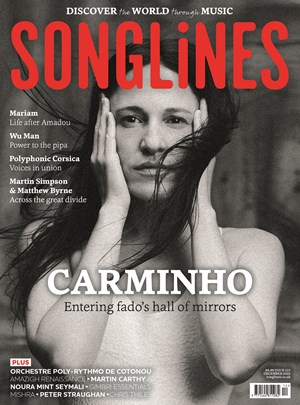Tuesday, November 7, 2023
Introducing... Leenalchi
South Korean ensemble Leenalchi are wowing the world with their fresh, body-moving take on pansori. Christopher Conder hears all about it


Register now to continue reading

Thanks for visiting the Songlines website, your guide to an extraordinary world of music and culture. Sign up for a free account now to enjoy:
- Free access to 2 subscriber-only articles and album reviews every month
- Unlimited access to our news and awards pages
- Our regular email newsletters

